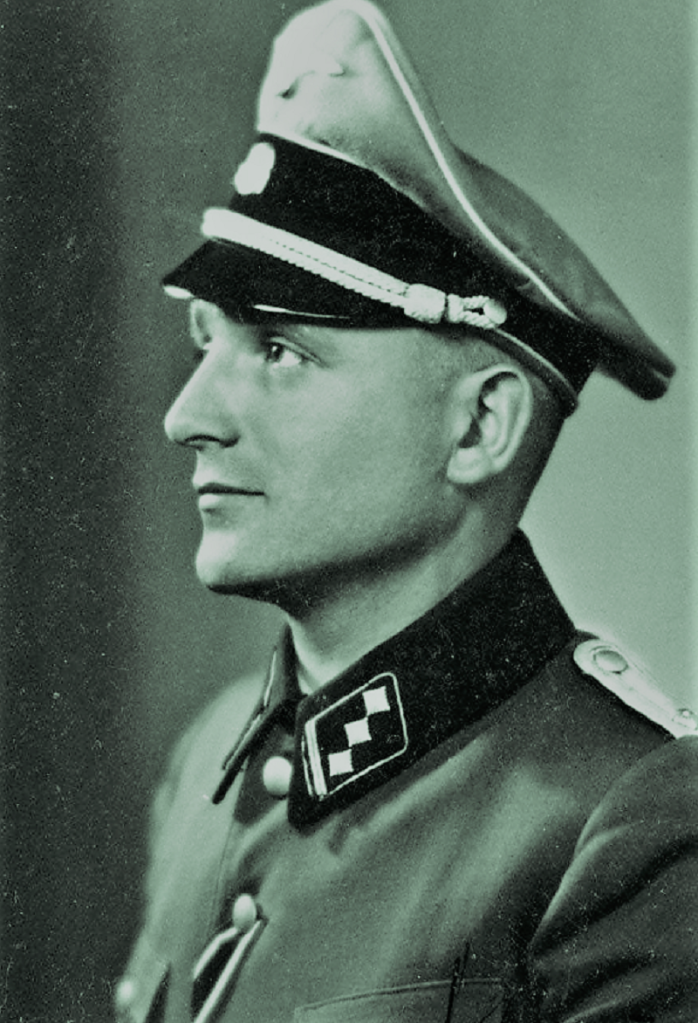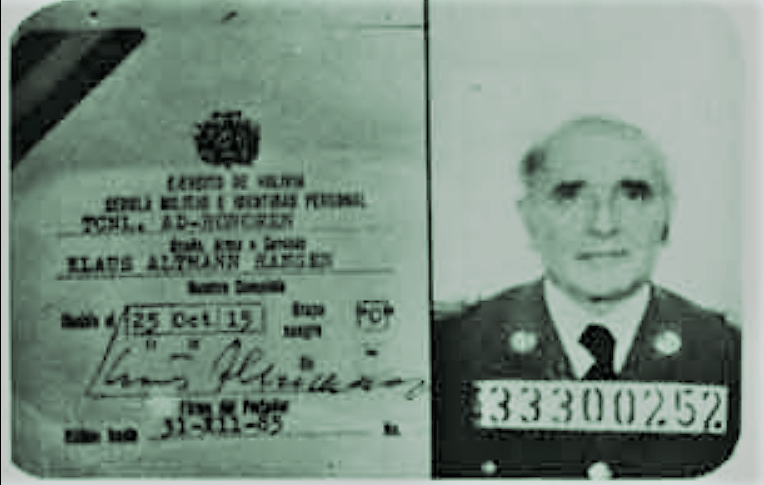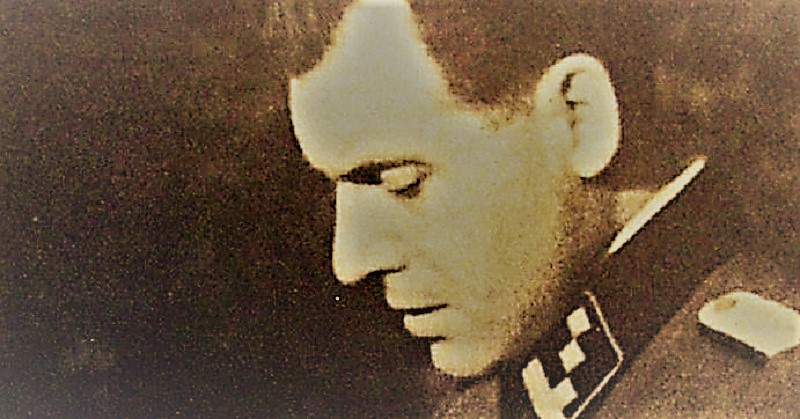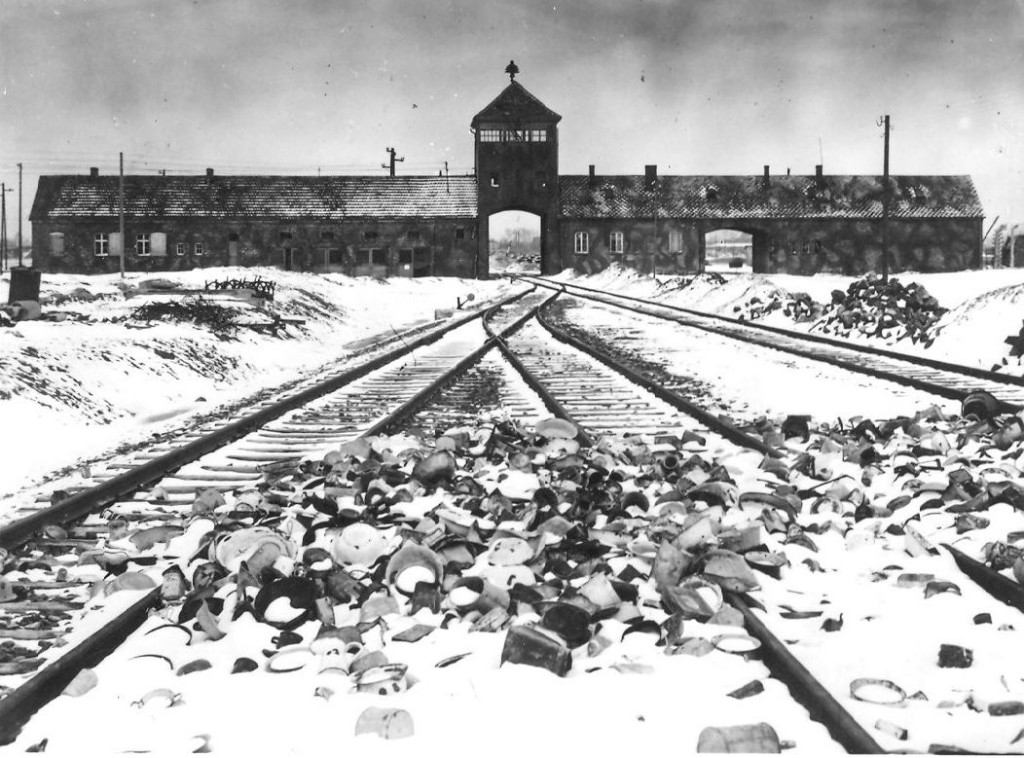
If there was a chart of The Top 10 Most Evil Nazis, I reckon Klaus Barbie would be on that list.
Known as “The Butcher of Lyon,” for his reign of terror in Nazi-occupied Lyon, France, Barbie not only sent Jews to concentration camps but also brutally tortured French Jews and Resistance fighters. His torture rooms had tables with restraints, ovens, and implements for electrocution. He personally was involved in the tortures using not only his fists but also whips and truncheons.
Victims were bitten by dogs and often had their arms and legs broken. This brutality earned him the nickname “The Butcher of Lyon.” He would also skin prisoners alive.
In a long list of unspeakable acts, Barbie’s operation in April 1944 against a group of children stands out. In the remote locale of Izieu, France, Barbie, never known for moral scruples or mercy, crossed a final threshold of criminality.
On the morning of 6 April 1944, members of the Lyon Gestapo had been tipped off by an informant that carried out a raid on the children’s home in Izieu and arrested everyone there. The group was enjoying breakfast when the Gestapo arrived. 44 children aged 4-17 and seven staff members were incarcerated in the prison in Lyon and deported to Drancy the following day. The deportation order was issued by Klaus Barbie, head of the Gestapo in Lyon. Barbie reported the arrest of the children and adults at the children’s home in a telegram that he sent to Paris. He gleefully reported to his superiors that he had uncovered “a children’s colony.” During the children’s detention in Lyon, the Germans discovered the whereabouts of some of their family members and were then taken to Drancy and later deported to their deaths in Auschwitz.
During the raid on Izieu, Leon Reifman, a medical student that cared for the sick children, managed to escape and hide at a nearby farm. His sister, Dr Sarah Lavan-Reifman, the children’s home doctor, his parents, Eva and Moisz-Moshe and his nephew, Claude Lavan-Reifman, lived at the home. They were all murdered at Auschwitz. Miron Zlatin, Sabine Zlatin’s husband, who ran the children’s home with her, was deported on 15 May, with two of the older boys, to Estonia, where they were shot to death.
By the end of June 1944, all the children and adults caught in Izieu had been deported from Drancy. Most were sent to Auschwitz, including all the children and five adults (among them Sarah Lavan-Reifman, who refused to be parted from her son Claude) and were sent to the gas chambers.

Despite all of Barbie’s crimes and evilness—it wasn’t enough of a reason for the US government to put him on trial.
In 1947, Barbie was recruited as an agent for the 66th Detachment of the US Army Counterintelligence Corps (CIC) alongside a Serbian agent of the Belgrade special police and SD, Radislav Grujičić. The US used Barbie and other Nazi Party members to further anti-communist efforts in Europe. Specifically, they were interested in British interrogation techniques (which Barbie had experienced firsthand), and the identities of former SS officers that British intelligence agencies might be interested in recruiting. Later, the CIC housed him in a hotel in Memmingen; he reported on French intelligence activities in the French zone of occupied Germany because they suspected the French had been infiltrated by the KGB and GPU.
The US Department of Justice reported to the US Senate in 1983 opens with the summary paragraph:
“As the investigation of Klaus Barbie has shown, officers of the United States government were directly responsible for protecting a person wanted by the government of France on criminal charges and in arranging his escape from the law. As a direct result of that action, Klaus Barbie did not stand trial in France in 1950; he spent 33 years as a free man and a fugitive from justice.”
Allegedly, Barbie helped to establish new concentration camps for opponents of the Bolivian military, where he resurrected his old torture techniques.
Barbie was extradited from Bolivia, where he had been using the alias Klaus Altmann Nansen, to France in 1983. He was sentenced to life in prison for crimes against humanity. In September 1991, at the old age of 77, “The Butcher of Lyon” died of cancer.
Klaus Barbie was pure evil—evil for the sake of being evil.

Sources
https://www.nationalww2museum.org/war/articles/klaus-barbie-izieu-childrens-home
https://allthatsinteresting.com/klaus-barbie
https://www.yadvashem.org/yv/en/exhibitions/childrens-homes/izieu/index.asp






















 Wagner appeared at roll call, selected some prisoners, gave them bread and forced them to eat it. As the prisoners ate the bread, Wagner laughed loudly, enjoying his joke because he knew that these Jews were pious.
Wagner appeared at roll call, selected some prisoners, gave them bread and forced them to eat it. As the prisoners ate the bread, Wagner laughed loudly, enjoying his joke because he knew that these Jews were pious.








You must be logged in to post a comment.